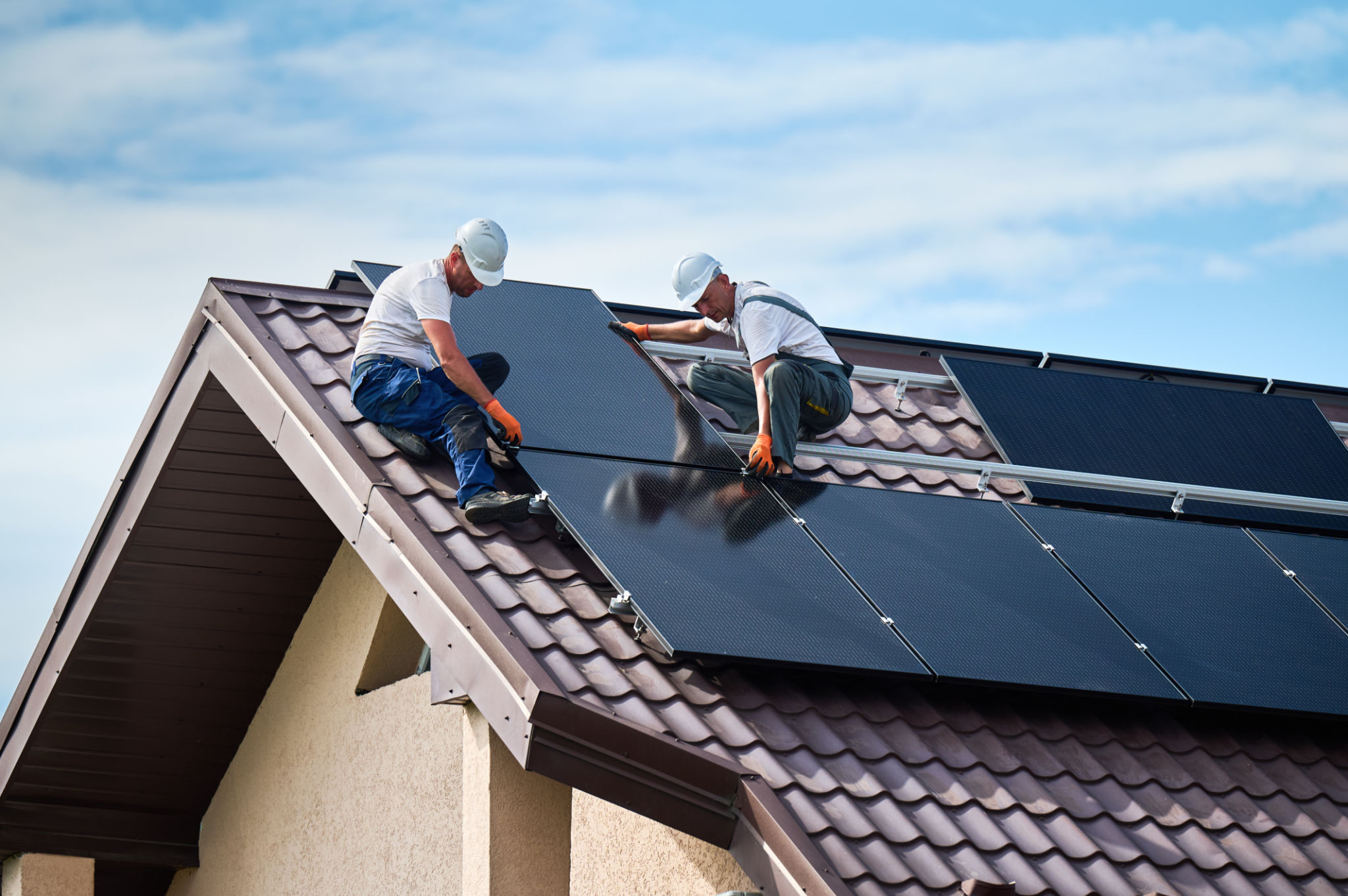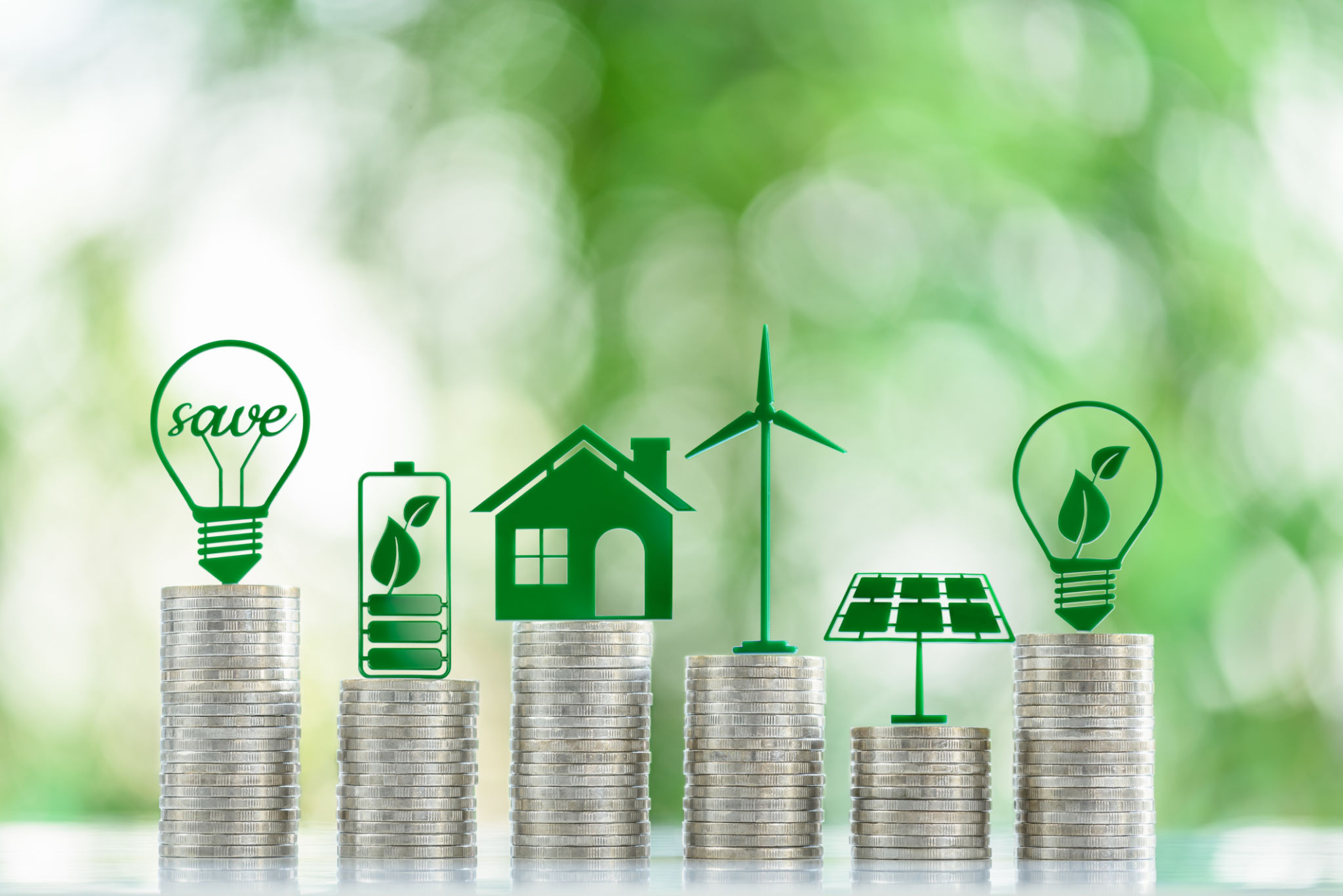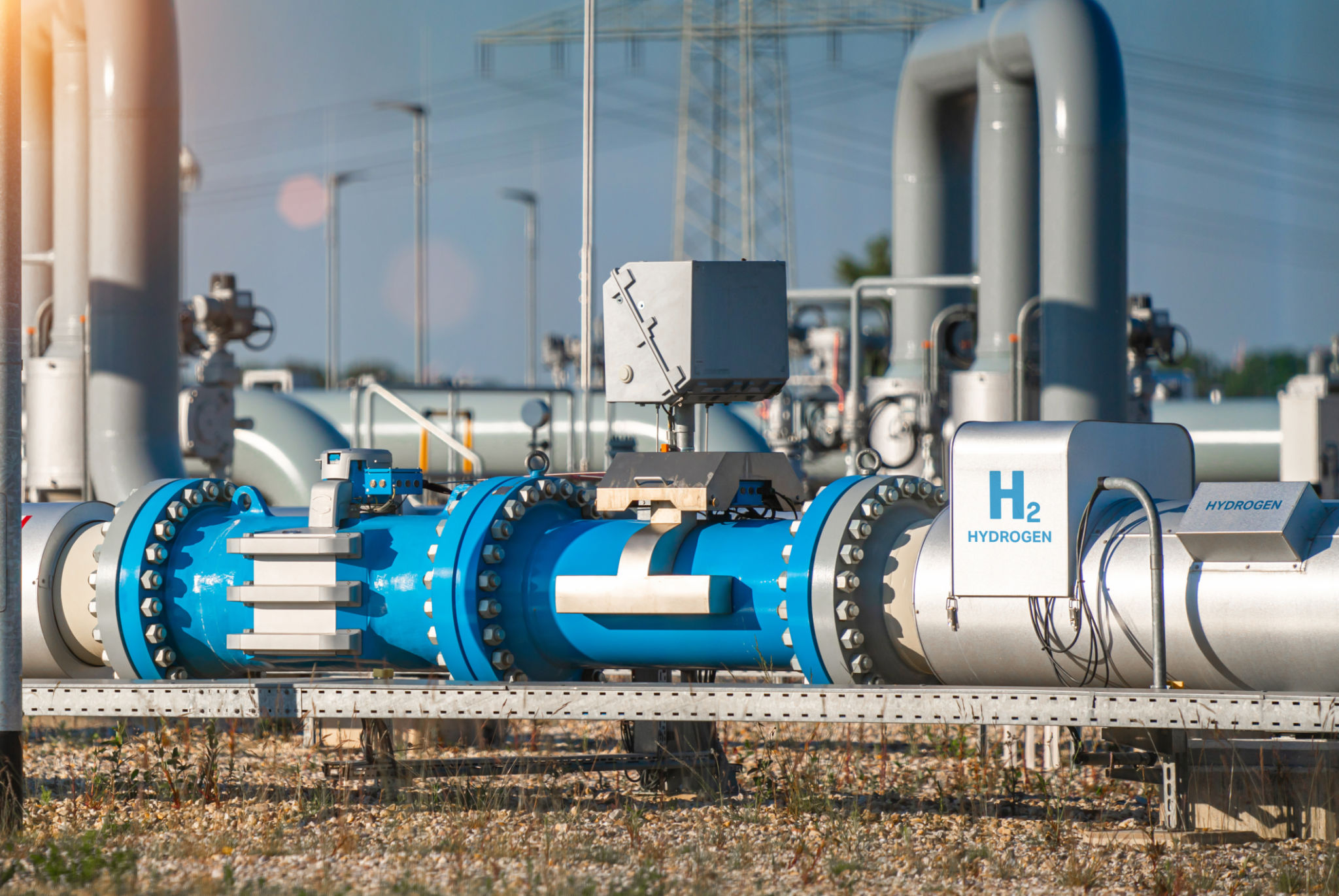A Step-by-Step Guide to Choosing the Right Clean Energy System for Your Business
Understanding Your Energy Needs
Choosing the right clean energy system for your business begins with understanding your current and future energy needs. Start by conducting an energy audit to assess your consumption patterns. This will help you identify areas where energy efficiency can be improved and determine the amount of energy you need to generate.
Consider your business's growth plans as well. If you anticipate expansion, you may need a system that can scale accordingly. Additionally, take note of peak energy usage times, as this will influence the type of clean energy system that best suits your needs.

Exploring Clean Energy Options
Once you've identified your energy requirements, it's time to explore the available clean energy options. The most common systems include solar power, wind energy, and geothermal systems. Each has its own set of benefits and considerations.
Solar power is a popular choice due to its decreasing costs and ability to be installed on rooftops or unused land. Wind energy is ideal for areas with consistent wind patterns, while geothermal systems are effective in regions with geothermal activity.

Evaluating Financial Incentives and Regulations
Before committing to a clean energy system, evaluate the financial incentives available in your area. Many governments offer tax credits, rebates, and grants to businesses that invest in renewable energy. These incentives can significantly reduce the initial cost of your system.
Additionally, familiarize yourself with local regulations regarding clean energy installations. Some areas may have specific zoning laws or permitting requirements that could impact your decision. Understanding these regulations will help you avoid potential roadblocks.

Considering Long-Term Savings and ROI
One of the major benefits of adopting a clean energy system is the potential for long-term savings. By reducing or eliminating your reliance on traditional energy sources, you can lower your utility bills significantly. Calculate the return on investment (ROI) by comparing the cost of installation with the expected savings over time.
Keep in mind that some systems may have higher upfront costs but offer greater savings in the long run. It's important to balance your initial budget with future financial benefits to make an informed decision.
Selecting a Reliable Installer
Choosing the right installer is crucial to the success of your clean energy project. Look for experienced professionals who have a track record of successful installations. Check reviews and ask for references to ensure they have satisfied clients.
A reputable installer will also offer warranties and maintenance services, giving you peace of mind that your system will be supported throughout its lifespan. This is an important consideration, as regular maintenance can extend the life of your system and maximize efficiency.

Monitoring and Maintenance
Once your clean energy system is installed, ongoing monitoring and maintenance are key to ensuring optimal performance. Many systems come with monitoring tools that allow you to track energy production and usage in real-time. Regular inspections and maintenance will help identify any issues early on, preventing costly repairs down the line.
By following these steps, you can select the right clean energy system for your business, paving the way for a more sustainable and cost-effective future.